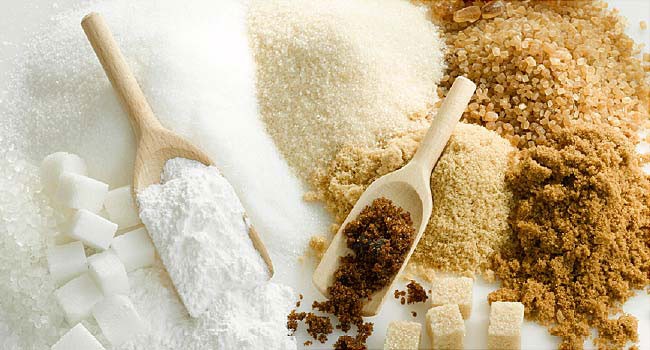For centuries, sugar has been used as a flavor-enhancing base ingredient in many foods including breads, pastas, pastries and cakes. These days, added sugars are included in many commonly available foods and beverages, including products promoted as “natural” and “organic.”
A study conducted by The George Institute for Global Health, an independent medical research institute in Australia, revealed that around 70% of packaged foods contain added sugar.
While there are a lot of conflicting theories about which diet is the healthiest, limiting your intake of sugar is one of the few things nearly all health experts agree upon. Properly reading food labels in order to understand the amount of sugar going into your body is, therefore, one of the first steps to healthier eating habits. However, reducing your sugar intake is not always as easy as it sounds, often due to confusing food labeling.
So, what are the most common “healthy” foods that actually have lots of sugar hiding in them?
- Cereals and packaged oats sometimes contain more sugar than a piece of cake.
- Packaged breads including ‘’whole grain’’ are usually loaded with artificial sugars to enhance texture and taste.
- Commercial granola and protein bars generally include added sugars to pick up the flavors and increase their shelf life.
- ‘’Low calorie’’ drinks, including blended juices, sodas and energy drinks are packed with artificial sweeteners and chemicals.
- Fat-free and diet foods: When fat is removed for a product, it is usually replaced with something else and this is often sugar.
- Most canned vegetables include sugar and preservatives that are used to enhance flavors and increase shelf life.
- Sweetened and frozen yogurts contain high levels of added sugar.
- Bottled sauces, condiments and marinades, including pre-made salad dressing, pasta sauces, spicy sauces and dips, are some examples of foods that you would not expect to sugar-laden.
- Dried fruits: While fruit contains the naturally occurring sugar fructose, when it is dried, the sugar becomes concentrated and dried fruits can become sources of highly concentrated sugar.
- ‘Fresh’ fruit juices: Juiced fruits are nutritionally poor compared to the full fruits. In fact, they contain no fiber and are very high in sugar. 350 ml of freshly squeezed apple juice can contain up to 10 teaspoons of sugar. It’s therefore definitely better to eat your fruits and juice your vegetables.
Hidden sugars are called ‘’hidden’’ for a reason and go by many different names – here are 56 different names for added sugars used on food labels that can help you identify hidden sugars in food products:
Agave nectar
Barbados sugar
Barley malt
Beet sugar
Brown sugar
Buttered syrup
Cane Juice
Cane Sugar
Caramel
Carob Syrup
Castor sugar
Confectioner’s sugar
Corn syrup
Corn Syrup Solids
Date Sugar
Dehydrated cane Juice
Demerara Sugar
Dextran
Dextrose
Diastatic malt
Diastase
Ethyl maltol
Free flowing brown sugars
Fructose
Fruit juice
Fruit juice concentrate
Galactose
Glucose solids
Glucose Mannitol
Golden sugar
golden syrup
Grape sugar
High fructose corn syrup
Honey
Icing sugar
Invert sugar
Lactose
Malt
Malt syrup
Maltodextrin
Maltose
Maple syrup
Molasses
Muscovado
Panocha
Powdered sugar
Raw sugar
Refiner’s syrup
Rice syrup
Sorbitol
Sorghum syrup
Sucrose
Sugar (granulated)
Treacle
Turbinado sugar
Yellow sugar
So, the next time you’re in the supermarket or health store, carefully inspect food labels and avoid those hidden sugars!

